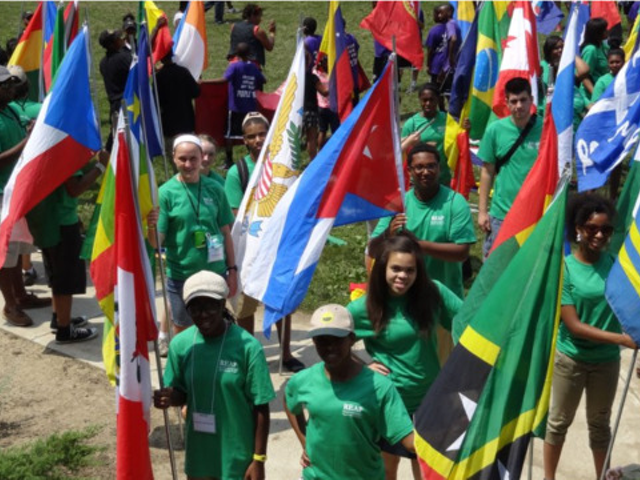
Everyone keeps comparing the current COVID-19 pandemic to the "Spanish flu" pandemic of 1918 — that once-every-hundred-year outbreak — because, well, they are very similar.
It was an H1N1 virus whose spread coincided with troop movements during the end of World War I. According to the Centers for Disease Control, "In the United States, it was first identified in military personnel in spring 1918. It is estimated that about 500 million people or one-third of the world’s population became infected with this virus. The number of deaths was estimated to be at least 50 million worldwide with about 675,000 occurring in the United States."
It had a uniquely high mortality rate in those ages 20 to 40. And its rapid spread prompted a similar response to "flatten the curve" as the coronavirus pandemic of today: quarantines, school closures, bans on public gatherings, the use of face coverings, campaigns against coughing. And some people still balked against the restrictions; Philadelphia even threw a parade to raise war bonds.
You can watch a little CDC video history about it below:
For a more localized look at what was going on in Cincinnati, visit the Influenza Encyclopedia. This digital archive created by the University of Michigan Center for the History of Medicine has collected historical documents and information from 50 U.S. cities about how they were affected by the 1918 flu pandemic.
The Queen City is one of those cities, with a timeline that tracks the flu's movements through the city and the department of health's response, from the first recommendations of avoiding hospitals, theaters, movie houses, public meetings and soldier camps in September to the death of more than 1,700 citizens by December.
Much of the past repeats itself in this interesting tale of trying to contain the infection — an attempt which Cincinnati's mayor at the described as such: "You can no more control the people’s enthusiasm nor regulate their actions on the street than you can control the Ohio River.”
Support local journalism in these crazy days. Our small but mighty team is working tirelessly to bring you up to the minute news on how Coronavirus is affecting Cincinnati and surrounding areas. Please consider making a one time or monthly donation to help support our staff. Every little bit helps.
Other ways to support CityBeat: subscribe to our newsletters, advertise with us, or follow us on Facebook, Instagram, and Twitter.





